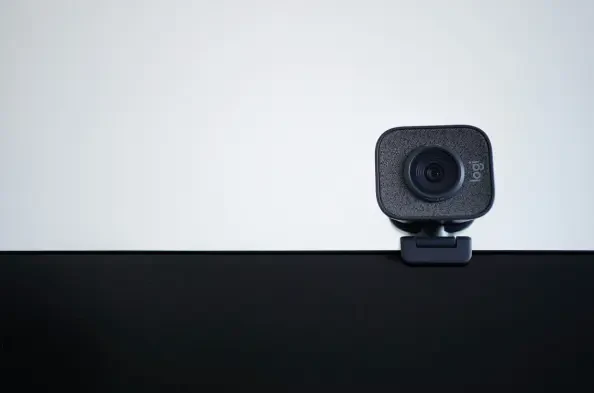In today’s digital landscape, a computer’s webcam is an indispensable tool for virtual meetings, keeping in touch with loved ones, and more. However, this device can also serve as a gateway for cyber intrusions if not adequately secured. The concern is not merely theoretical; unauthorized access to computer cameras, known as “CamFecting,” is a tangible threat facilitated by conflicting malware, misconfigured systems, and visits to harmful websites. Protecting the webcam from unwanted access, therefore, becomes a priority for safeguarding privacy. Utilizing appropriate security measures, including the installation of trusted antivirus software and disabling the camera when not in use, can offer significant protection. Although software solutions help, physical defense remains the most dependable approach with simple tools such as privacy covers or even adhesive tape.
Recognizing Unauthorized Webcam Access
Detecting unwanted access to a computer’s webcam is crucial for timely intervention. Several indicators can alert a user to potential unauthorized usage. One clear sign is the activation of the webcam light without an apparent reason, as it typically lights up when the camera is in use. This might occasionally be accompanied by unexpected webcam behaviors like erratic frame movements or abrupt stoppages in applications utilizing the camera. Another alert comes from the appearance of unfamiliar files on the system, hinting at unauthorized software installations or data manipulations. Users might also observe unusual data consumption by applications running in the background, indicative of covert activities. Furthermore, a sudden and unexplained depletion in the battery life of a laptop can result from concealed processes that leverage the webcam. When faced with any of these signs, the immediate response should involve covering the webcam, disconnecting from the internet, and conducting a comprehensive virus scan using updated antivirus software.
Taking precautionary measures can avert a breach before it begins. Many browsers offer settings to manage camera permissions, blocking unauthorized site access. For example, users of Chrome can navigate to Settings, then Privacy and Security, followed by Site Settings to control camera permissions. Safari users can do similarly through Safari, then Settings, and Websites. However, browsers aren’t the sole pathway to unauthorized webcam access. Installed applications might exploit webcam permissions unbeknownst to the user. Addressing this involves adjusting computer settings: accessing Privacy and Security options for camera permissions on Windows, or System Preferences followed by Security and Privacy on macOS. Regular vigilance in these settings provides a sound line of defense against unwanted access.
Preventing Webcam Hacking
Effective webcam protection leverages regular digital hygiene combined with proactive security tactics. A vital practice is consistently updating software, including operating systems and applications. Many cyberattacks exploit recognized vulnerabilities, remedied by regular updates. Security systems serve as another essential layer of defense. For instance, securing the home network with a firewall and, where feasible, encrypting the internet connection with a VPN can significantly diminish the chances of unauthorized access. A robust antivirus package is vital, especially for Windows PCs, which often face targeting due to their prevalence compared to macOS or Linux systems. However, users of any operating system should remain vigilant, as threats are universal.
Precaution extends to the awareness of phishing attempts, which can lead to the installation of malicious software. Avoiding unknown links in emails or messages and ensuring software downloads are from trustworthy sources can prevent unauthorized access. Establishing a habit of periodic privacy audits of webcam settings can fortify the system against intrusions. These practices, when consistently applied, contribute not only to the protection of one’s webcam but also bolster overall cybersecurity resilience.
Conclusion: A Safety-Oriented Approach
Detecting unauthorized access to a computer’s webcam is vital for intervening in time. There are several signs that can signal unauthorized use. A telling indicator is when the webcam light turns on without reason, as it usually illuminates only when in use. This may be accompanied by odd camera behavior like unusual movements or sudden stops in apps using the webcam. Unexpected files appearing on the system can also signal unwanted software installations or data changes. Additionally, unusual data usage by background apps might point to secretive activities. A laptop’s battery life suddenly depleting for no clear reason can result from hidden processes involving the webcam. If you notice any of these signs, act by covering the camera, disconnecting from the internet, and running a thorough virus scan with up-to-date antivirus protection.
Taking proactive steps can prevent breaches. Many browsers offer settings to control camera permissions, preventing unauthorized access. Programs might exploit permissions without a user’s knowledge, so regularly checking Privacy and Security settings on both Windows and macOS is essential to fend off unwanted access.






